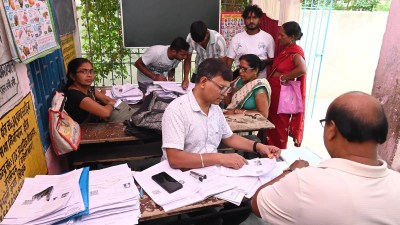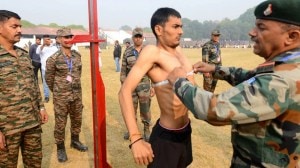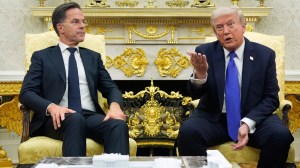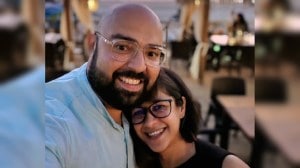Ethnic bloodletting spreads in Kenya
Kenyan military helicopters swooped to break up machete-wielding mobs on Tuesday...

Kenyan military helicopters swooped to break up machete-wielding mobs on Tuesday as the killing of an opposition legislator stoked bloody protests across the east African country.
About a dozen people were killed on Tuesday, bringing the toll to more than 850 since President Mwai Kibaki’s disputed December 27 election triggered violence that has now taken on an ethnic momentum of its own.
Post-election protests have degenerated into cycles of killing between tribes who have never reconciled divisions over land, wealth and power left by British colonial rule and exacerbated by politicians in 44 years of independence.
The crisis has cost Kenya its reputation as a bastion of peace in a turbulent region, and dented its previously flourishing economy, east Africa’s largest.
Kibaki appealed for peace and promised a swift investigation into the “heinous” murder of Orange Democratic Movement (ODM) legislator Melitus Were, who was shot dead while driving up to the gate of his home.
Noting that two bullets went into Were’s eyes, opposition leader Odinga called it “a planned political assassination”. He also warned that Kenya was “drifting into a state of anarchy”.
The spiraling violence has raised doubts over hopes for mediation. Former U.N. head Kofi Annan was due to bring together negotiating teams from both the government and opposition for formal dialogue later on Tuesday.
Reuters reporters in the lakeside city of Naivasha said two helicopters dive-bombed several times, firing what police said were rubber bullets at a mob of about 600 Kikuyus — Kibaki’s ethnic group — brandishing machetes and clubs at Luos, Odinga’s tribe.
The incident came as police trucks prepared to evacuate about 300 Luo refugees to safety from the baying crowd.
The helicopters drove back that crowd, and also swooped on other parts of Naivasha where mobs were creating mayhem. Police opened fire after one flyover, shooting dead one man.
At Were’s house in a middle-class suburb near Nairobi’s Kibera slum, riot police fired teargas to disperse mourners and supporters, some of whom had taunted officers. Ethnic fighting broke out in Kibera within hours.
A Reuters witness saw seven corpses, some with cuts on the head and neck. One man lay in agony after being forcibly circumcised, before dying.
Unrest also convulsed the Rift Valley, with mobs ransacking homes, burning belongings and threatening people trying to flee Naivasha town, an hour’s drive north of the capital.
A Reuters witness saw a man hacked to death with machetes.
Plumes of smoke rose from different parts, as Kikuyus hunted down Luos, Luhyas and Kalenjins, residents said, vowing revenge for previous killings of members of their community.
“What you fear is a downward spiral of violence, of attacks and counter-attacks, and counter-counter-attacks on a tribal and ethnic basis which then becomes very hard to stop,” UN humanitarian chief John Holmes told reporters in Brussels. One Naivasha farmer said a 20-vehicle convoy of white farmers was heading out of the town, a favorite spot for settlers during British rule and their descendants after. Around 100 people have died in the last few days.



- 01
- 02
- 03
- 04
- 05




























